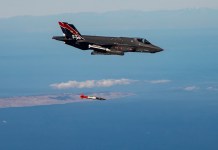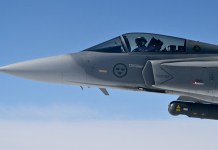By Amit Gupta
The Ukrainian desire to acquire Polish MiG-29s is a curious one for a number of reasons. One has to question whether the jets are capable enough to take on the more advanced Russian air defense capabilities and whether a transfer in such small numbers (the Poles want to transfer all 28 aircraft in their fleet) can shift the balance of air power to one where the Ukrainian air force is able to successfully deter the more powerful Russian Air Force.
On the other hand, it only helps Poland boost its own capabilities while gaining international praise for Warsaw for a purportedly selfless decision.
Background: The MiG-29
The MiG-29 was designed to fit the Soviet Union’s air defense capabilities and requirements and, as a consequence, it was a fast reaction aircraft that could launch missiles at the adversary much in the same way as its distinguished predecessor, the MiG-21 Fishbed did.
After reunification, the German Luftwaffe acquired 20 MiG-29A and 4 MiG-29B trainers from the former East German air force. The MiG-29A had been touted as the counter to the American F-15 and F-16 fighters since the Soviet plane was fast and maneuverable and able to carry out hitherto unseen aerobatics like the tail-slide.
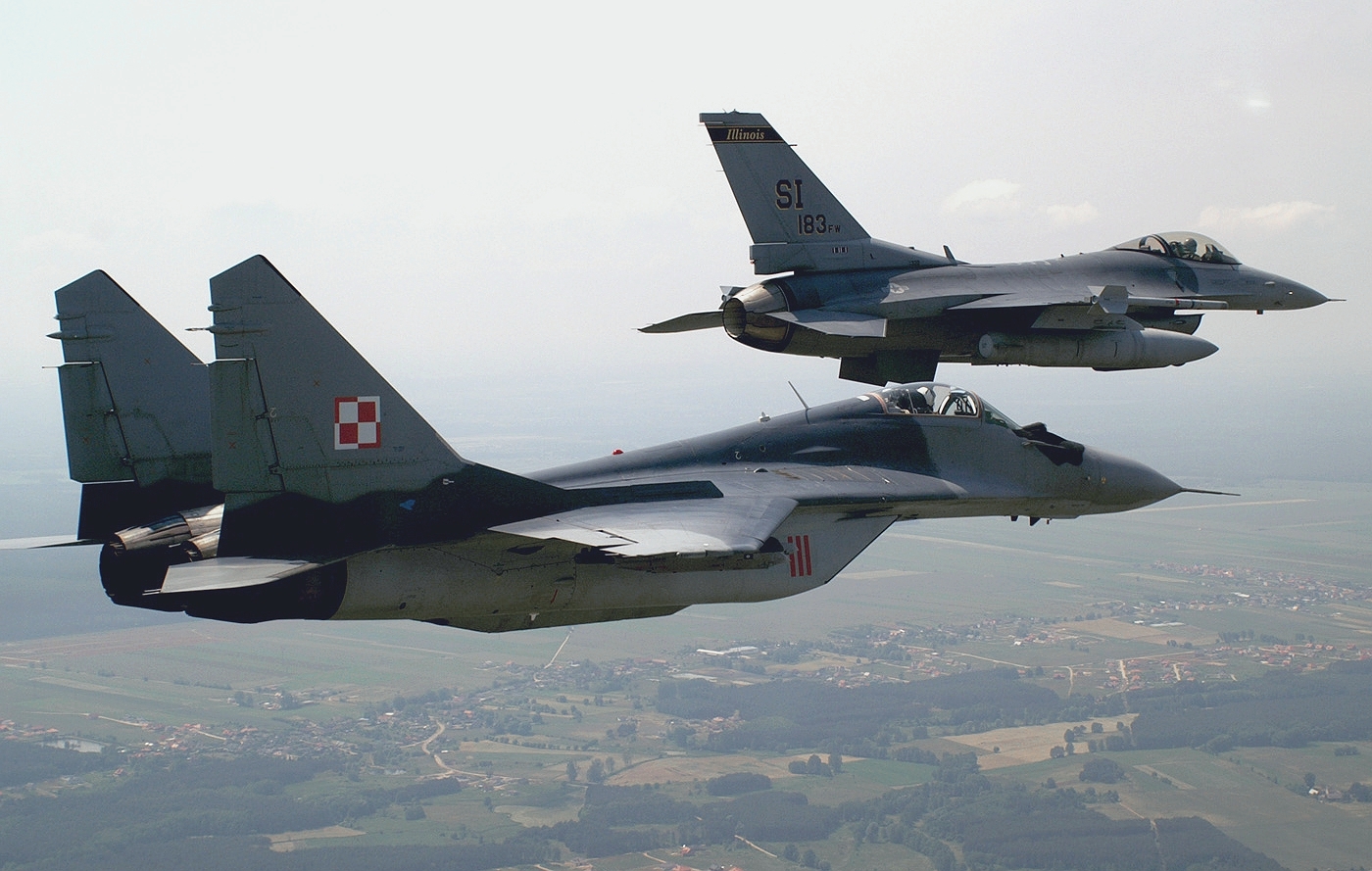
As aviation analyst Justin Bronk wrote, “The aircraft’s exceptional thrust-to-weight ratio, agility and the first operational helmet-cued sighting system for the R-73 [infrared]-guided dogfighting missile made it almost unbeatable in a [one-on-one, within-visual-range] engagement,” making it a capable opponent of the F-16C. But that was in the 1980s and in time, Western fighters outstripped the capabilities of the early generation MiG-29s.
Worse, the plane had weaknesses that were difficult to overcome. It was a gas guzzler, meaning it offered a short-range which — while fine for point defense over Russian cities and military facilities — did not make it a capable aircraft for strike missions or engaging enemy aircraft over a distance. The plane also had an inferior radar and smoky engines that made the aircraft visible from miles away.
The planes had a poor reliability rate and an expensive maintenance record and the engines were known to suck in foreign object debris. Such was the poor record of the MiG-29, and its high maintenance costs, that the Luftwaffe rather than looking at the plane as a freebie that would reduce budgetary costs just gave away 22 MiG-29s at the token cost of 1 Euro per Fulcrum to the Polish Air Force!

The plane made sense in the aviation philosophy of the Soviet Union which could afford large numbers of aircraft with a limited capability and where engines were stripped from planes after a few hours of usage.
For a modern air force, however, the plane is expensive to maintain and fly as well as being obsolescent in terms of its combat capabilities. It is this plane that the Poles are now generously offering to the Ukrainians and Kyiv is making desperate requests to the US to sanction the transfer of the plane.
MiG-29s Can’t Match Advanced Russian Jets
In actual fact, the plane will not change the balance of airpower in the Russia-Ukraine war since these are early model MiG-29A and B aircraft while the more modern versions are the Russian Air Force’s MiG-29Ms while countries like India and Peru have upgraded the Fulcrums to the UPG standard.
One also can assume how effective these early-generation Fulcrums would be in air combat against the more capable Su27/30/35 series of aircraft, some of which are fielded by the Russian Air Force?
The MiG-29’s advantage in close-range air-to-air combat would be negated by the more powerful radars and longer-range missiles on the Sukhois that would remove the need for engaging the MiGs at close quarters.
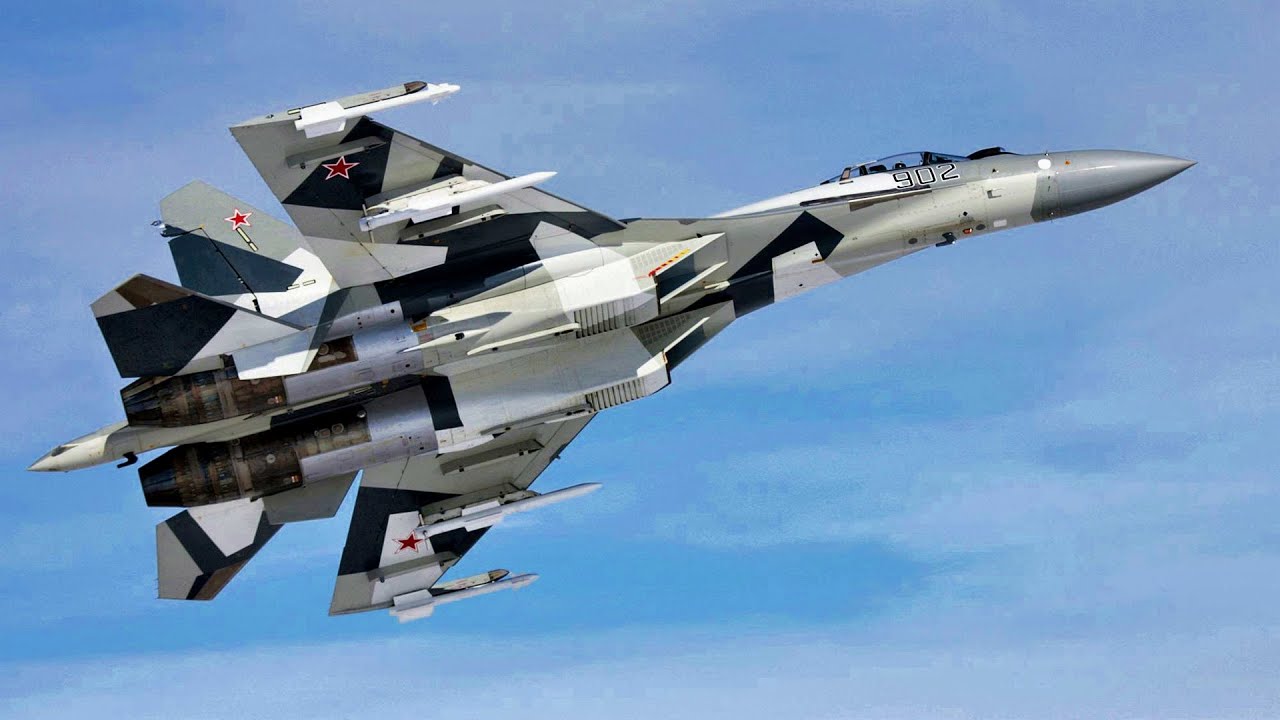
One must also question the maintenance and operational capabilities of the Ukrainian Air Force whose personnel have maintained the country’s Fulcrum fleet. Aircraft captured by the separatist forces during the Crimea War were in poor condition and one, therefore, wonders if the Ukrainians will be able to effectively keep the plane in the air — especially since they are unlikely to have a comfortable supply of spares.
The early generation missiles they will carry may, most probably, be deflected by Russian airborne electronic countermeasures.
Why Poland Was Pushing For MiG-29 Deal
The winner from this deal if permitted, however, are likely to be the Poles. By offering the plane gratis to the Ukrainians, the Polish government is getting a lot of good publicity in the international press but the fact of the matter is that the Poles are trying to cut a far more advantageous deal with the United States.
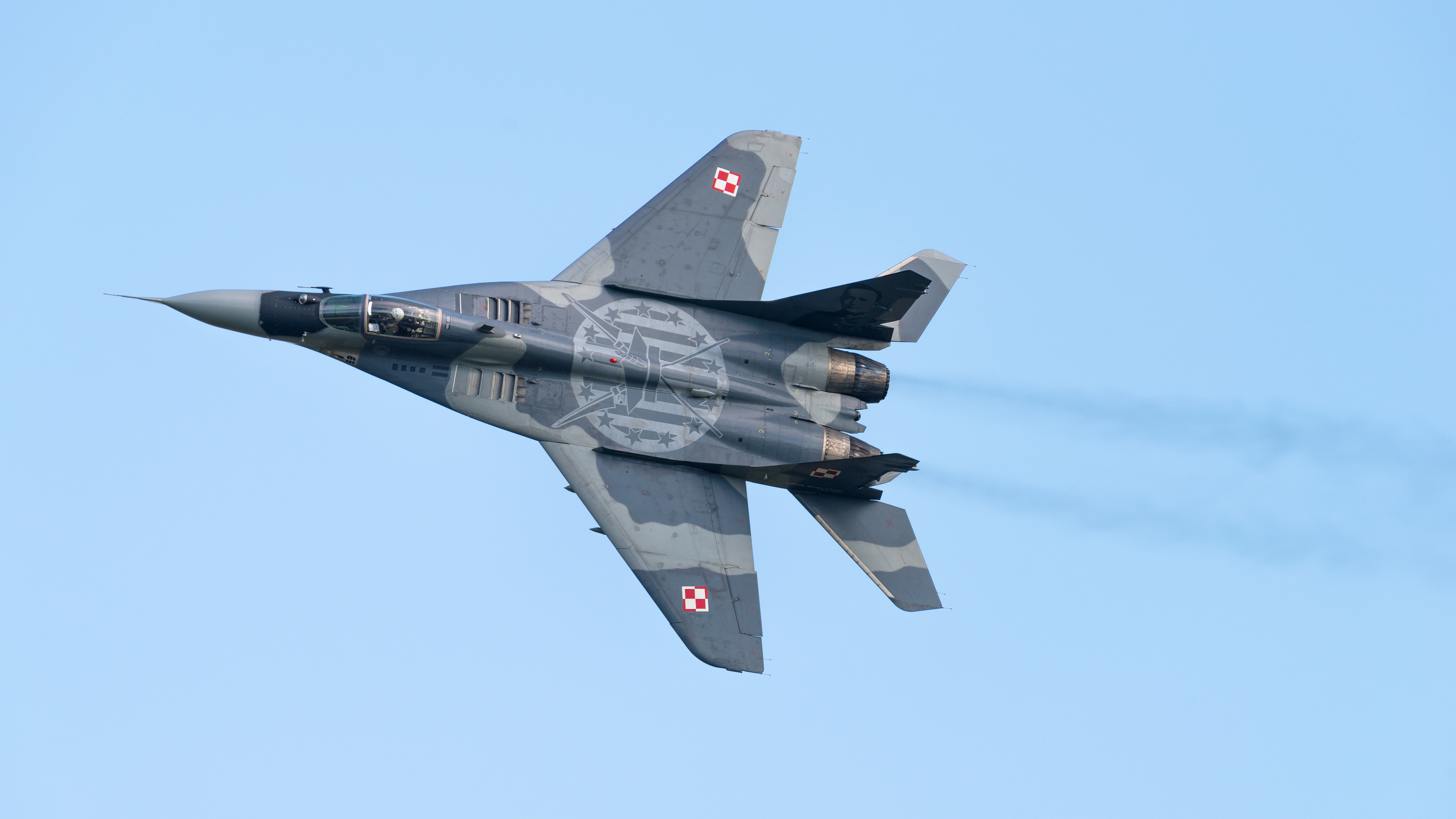
The Poles would like the US to transfer used, but more capable and less expensive to maintain, F-16 fighters to them.
Any such transfer would upgrade the capabilities of Poland which currently flies the older F16 C/D. While Poland may want more modern F16s, the F-16 C/D would be an improvement over the Fulcrum, especially if the US were to part with more recent versions of the plane from its own stock of over 1000 such aircraft.
To sum up, the proposed transfer is a red herring since it will not significantly improve the air defense capabilities of the Ukrainian Air Force. On the other hand, it may well allow for an upgrade on the cheap for the Polish Air Force. Better for the West to transfer capable anti-aircraft missiles like the man-portable Stingers to the Ukrainian forces.
- Amit Gupta is a defense and economics analyst based in the United States
- Contact the author at etdesk@eurasiantimes.com
- Follow EurAsian Times on Google News


